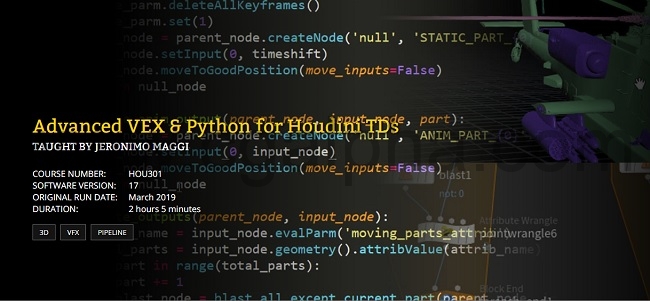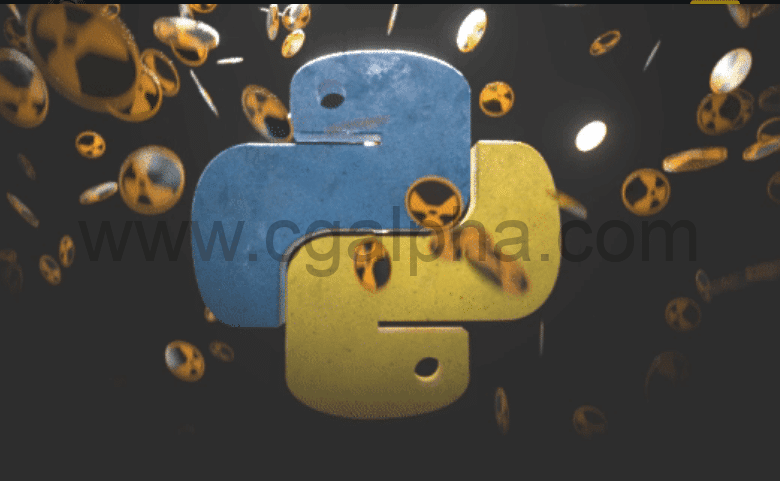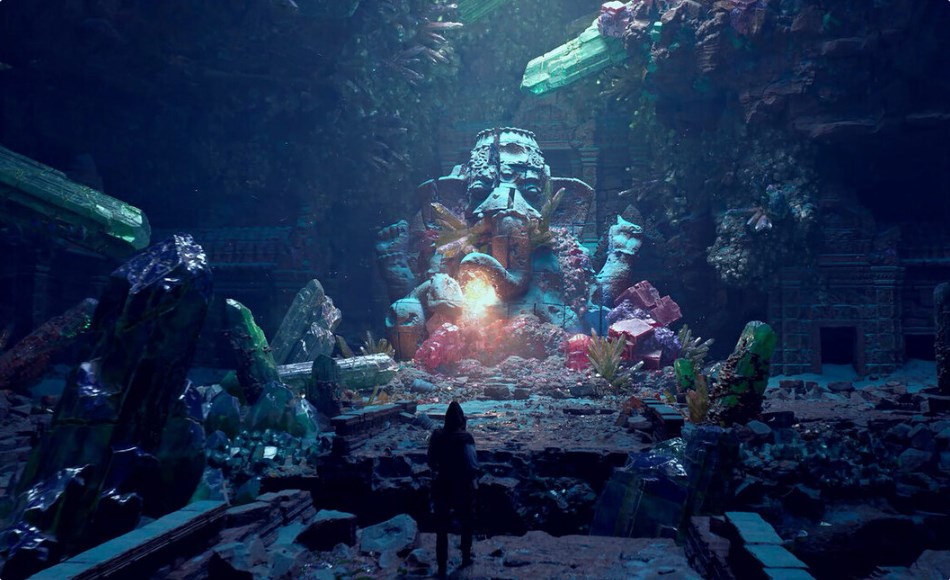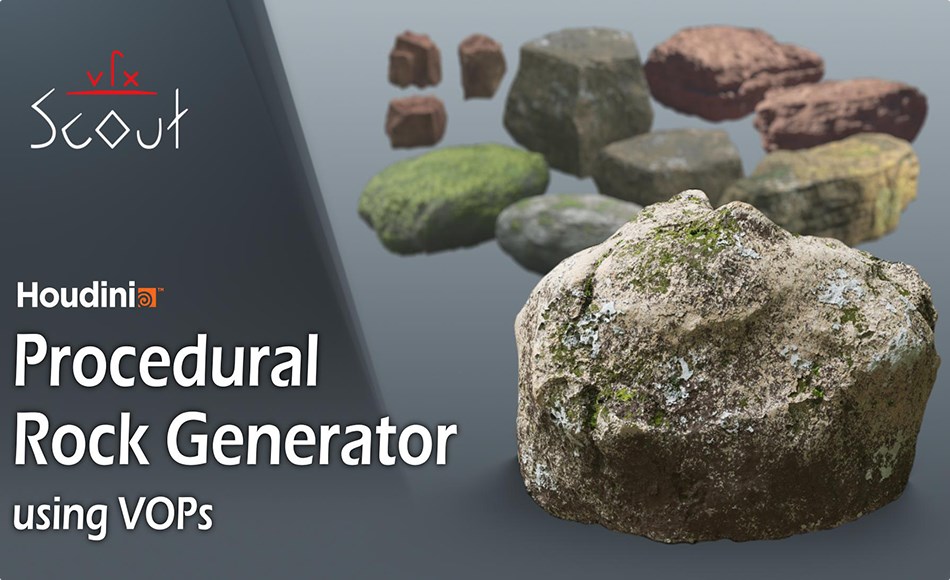该课程由Jeronimo Maggi教授,以houdini VEX和python简介中讲授的基础知识为基础,着重于主要使用Python和某些VEX创建工具。我们从头开始,随着需求的增加,在其他功能之上慢慢添加一个功能,最终学习了如何调试和测试我们的代码。在整个课程中,我们着眼于使用Git跟踪我们的版本,使用VEX中的头文件,在Houdini中创建和加载我们自己的Python模块,以及创建我们自己的数字资产以与Python模块一起使用。
该项目本身涉及创建数字资产来管理Alembic文件的动画。我们添加的第一个功能是能够将动画从Alembic文件提取到对象级别,以便可以使用对象变换将其用作DOP中非常有效的碰撞几何体。为此,我们回顾了创建数字资产的逻辑,该逻辑将能够以程序方式检测要完全相同地转换了哪些部分,以便将其转换一起提取。
最后,我们添加了将提取的动画作为碰撞几何导入DOP中的功能,其中所有参数均已配置并可以使用。在课程结束时,我们将提供一个工具,只需单击两次即可为任何变形的刚性对象创建非常有效的碰撞几何。
This course, taught by Jeronimo Maggi, builds on the fundamentals taught in Introduction to Houdini VEX & Python (HOU217), focusing on creating a tool using mostly Python and some VEX. We start from scratch and slowly add one feature on top of the other as the needs come along, ending up learning how to debug and test our code. Throughout the course we take a look at tracking our versions with Git, using header files in VEX, creating and loading our own Python module in Houdini and creating our own digital asset to work alongside the Python module.
The project itself involves creating a digital asset to manage the animation of Alembic files. The first functionality we add is the ability to extract the animation from the Alembic file into the object level so it can be used as a very efficient collision geometry in DOPs using the object transforms. For that, we go over the logic of creating a digital asset that will be able to procedurally detect what parts are being transformed exactly the same so their transformations are extracted together.
Finally, we add the functionality of importing the extracted animation as a collision geometry inside DOPs with all the parameters configured and ready to use. By the end of the course, we will have a tool that will be able to create very efficient collision geometry for any deforming rigid object in just two clicks.
Download 百度网盘:
此处内容需要权限查看
1、本站资源大多来自网友发稿,如有侵犯你的权益请联系管理员,我们会第一时间进行审核删除。仅用于个人学习或测试研究使用,Email:730033856@qq.com
2、有很多小伙伴经常问插件无法安装,有很大一部分用英文原版就可以解决问题。以便于在未来的学习和工作可以更高效的吸收英文资源,提高大家的学习效率和学习效果。
3、交流反馈插件素材更多问题~可以联系加QQ群:819091096
解压密码点击查看








